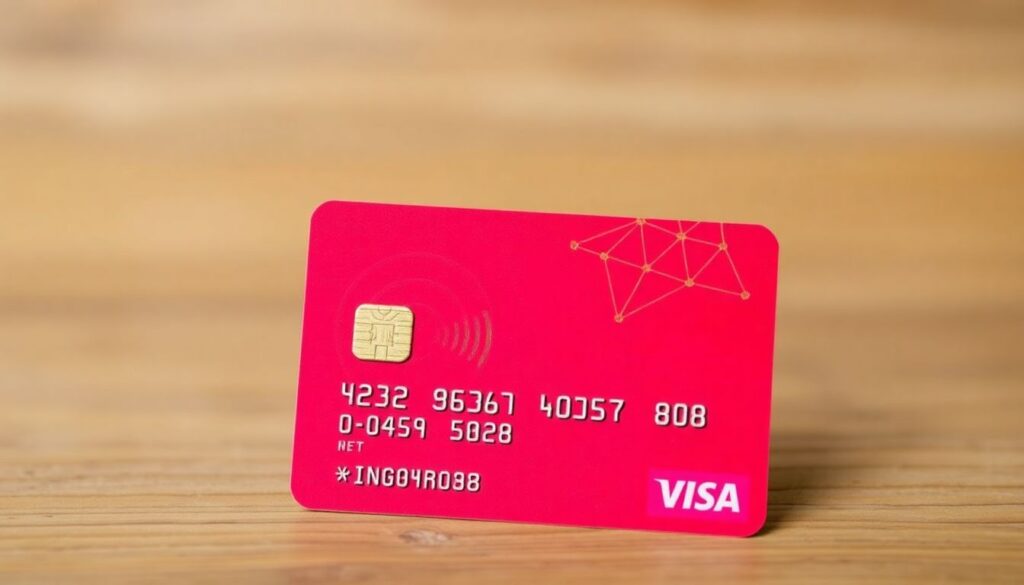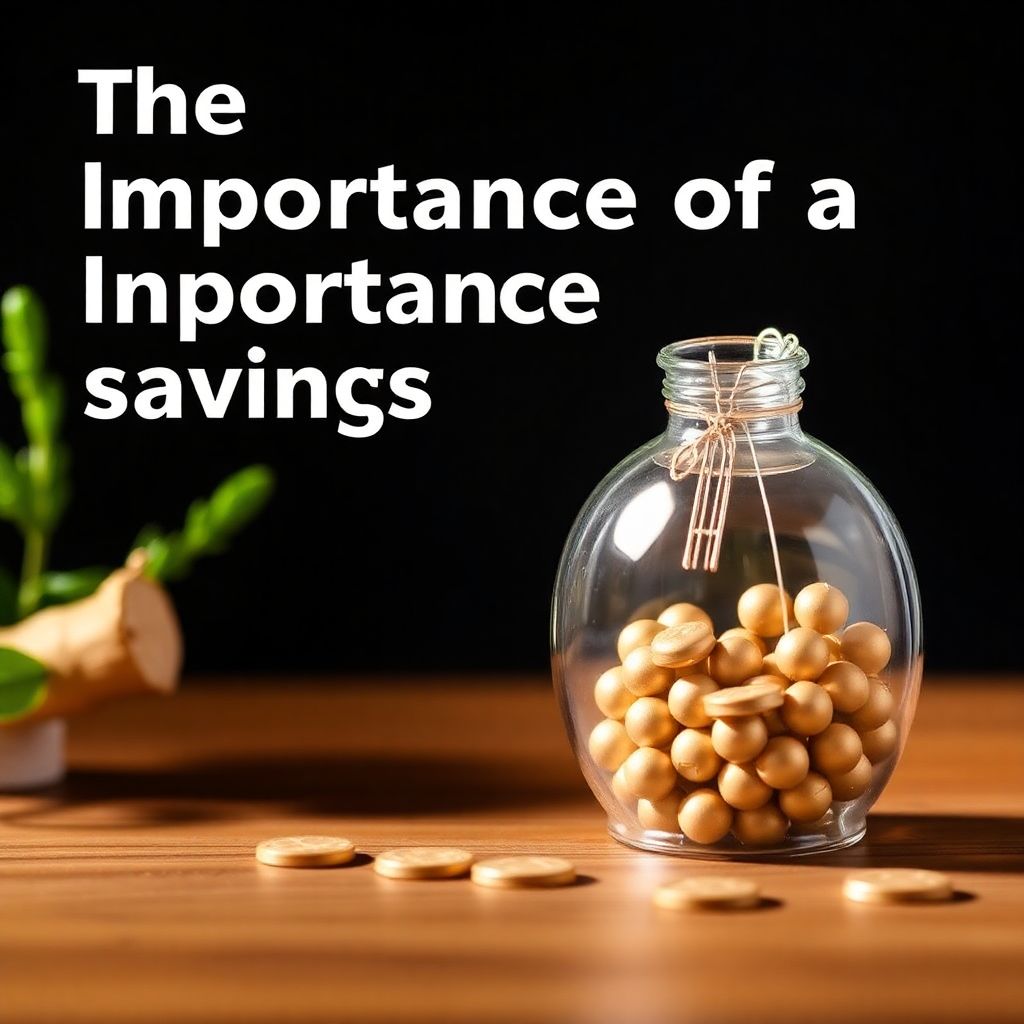Understanding the Importance of a Financial Cushion
Why You Need Emergency Savings in 2025
In 2025, economic volatility, inflationary pressures, and rapid shifts in employment trends have made financial preparedness more critical than ever. A financial cushion—a reserve of liquid assets set aside for unexpected expenses—offers protection against income disruption, medical emergencies, or urgent home or car repairs.
Without an emergency savings plan, even minor financial shocks can lead to debt accumulation, credit score deterioration, and long-term financial instability. For beginners, the first step is understanding that building a financial cushion is not optional—it’s foundational.
The Role of Liquidity in Financial Resilience
Liquidity refers to how quickly an asset can be converted into cash without significant loss in value. For emergency funds, liquidity is essential. That’s why placing this money in the best savings accounts for beginners—those offering high yield, low fees, and easy access—is a strategic move.
Step-by-Step Guide to Building a Financial Cushion
1. Define Your Emergency Fund Target
Start by calculating your essential monthly expenses: rent or mortgage, utilities, groceries, insurance, and minimum debt payments. Multiply this figure by 3 to 6 months to determine your emergency fund goal. For instance, if your monthly base expenses are $2,000, aim for a cushion between $6,000 and $12,000.
2. Choose the Right Account
Select a high-yield savings account with FDIC or NCUA insurance. These are often listed among the best savings accounts for beginners due to their safety, accessibility, and interest accumulation. Avoid investment accounts for your emergency fund—they are subject to market volatility and may not provide immediate liquidity.
3. Automate Contributions
Set up automatic transfers from your checking to your savings account. Even $50 or $100 per paycheck can accumulate rapidly. Automation ensures consistency and removes the burden of decision-making.
4. Prioritize Emergency Savings Over Non-Essential Spending
Before funding discretionary items like vacations or gadgets, allocate resources to your financial cushion. This discipline reinforces your emergency savings plan and accelerates your progress.
5. Reassess and Adjust Periodically
Life changes—so should your savings strategy. Review your fund every 6 to 12 months or after major life events (e.g., job change, relocation, family expansion) to ensure your target still aligns with your needs.
Common Pitfalls to Avoid
1. Using Credit as a Substitute

Relying on credit cards or personal loans in emergencies can lead to high-interest debt. While credit can serve as a temporary stopgap, it should not replace a well-funded emergency reserve.
2. Investing Emergency Funds
Placing emergency funds in stocks, ETFs, or crypto assets exposes them to market risk. In a downturn, your funds may lose value just when you need them most. Stick to low-risk, liquid accounts.
3. Withdrawing for Non-Emergencies
Avoid tapping into your cushion for non-essential purchases. Doing so undermines the purpose of the fund and can leave you vulnerable when a true emergency arises.
Top Tips for Saving Money Effectively

1. Track spending using budgeting apps or spreadsheets to identify saving opportunities.
2. Implement the 50/30/20 rule: 50% needs, 30% wants, 20% savings.
3. Eliminate recurring subscriptions you no longer use.
4. Take advantage of employer-sponsored savings programs.
5. Redirect windfalls (bonuses, tax refunds) directly into your emergency fund.
These top tips for saving money are especially useful for beginners aiming to build sustainable habits.
Forecast: The Future of Emergency Savings
By 2030, we anticipate a shift toward digital-first financial tools tailored for emergency preparedness. AI-driven budgeting assistants, real-time savings recommendations, and micro-investment platforms with built-in liquidity options will become standard. Additionally, government and employer-backed automatic emergency savings programs may become more widespread, especially in response to economic shocks like pandemics or recessions.
Financial literacy initiatives will likely emphasize how to start an emergency fund as early as high school, integrating it into core curricula. As fintech continues to evolve, expect more seamless integration between spending, saving, and investing—empowering users to build a financial cushion without friction.
Conclusion
Building a financial cushion is a foundational element of personal finance in 2025 and beyond. With rising costs of living and unpredictable economic conditions, knowing how to start an emergency fund is not just prudent—it’s essential. By leveraging the best savings accounts for beginners, avoiding common mistakes, and following top tips for saving money, even new savers can create a resilient emergency savings plan.
Start small, stay consistent, and adapt over time. Your future self will thank you.

